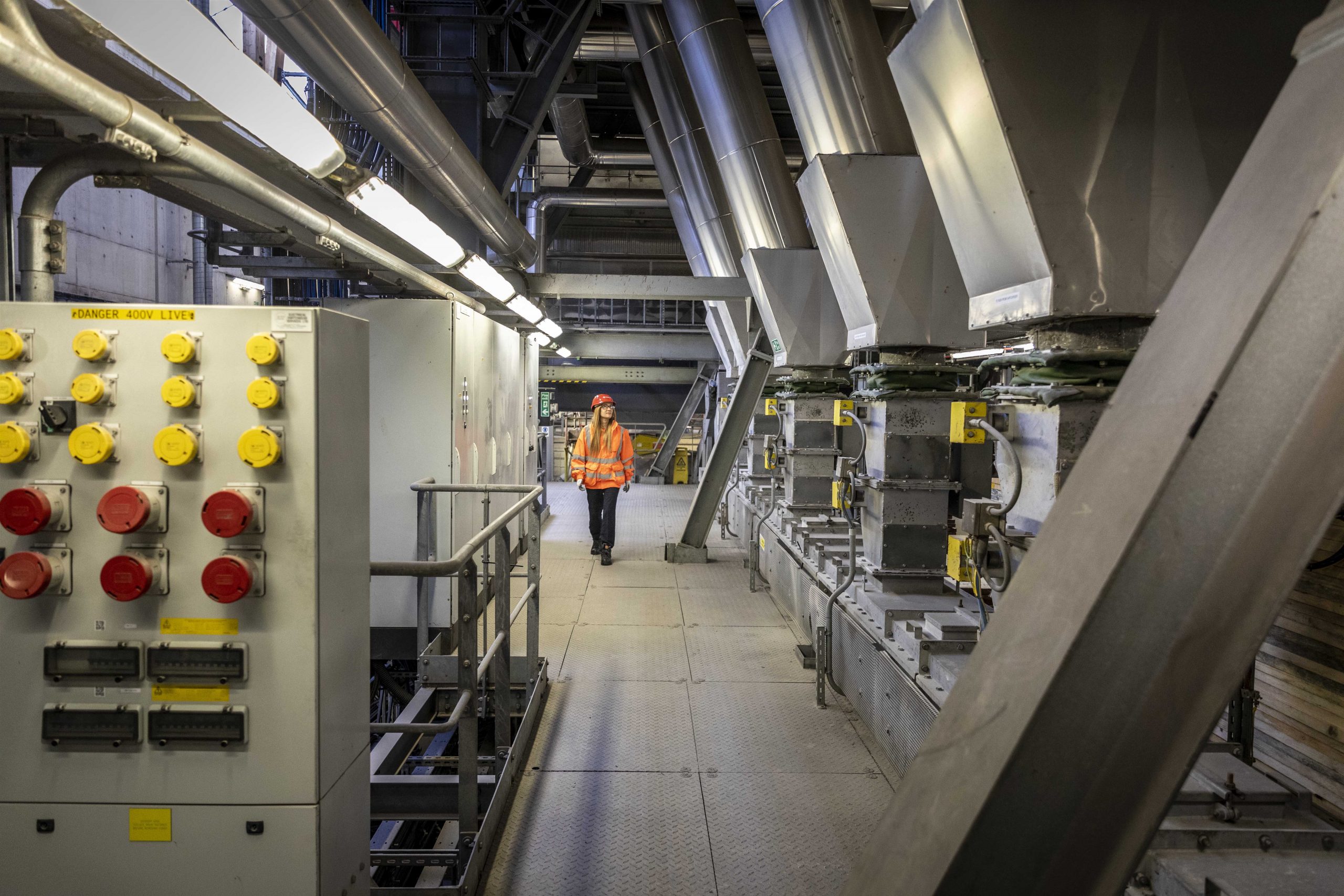Waste disposal firm Veolia has launched a ground-breaking feasibility study designed to make clean fuels from biogenic garbage.
The company believes its new knowledge developed in-house could open the path to synthesise green transport fuels, such as eKerosene, eMethanol and other specialised chemicals.
Veolia’s new process uses advanced amine technology to capture carbon from the burning of non-recyclable biogenic waste. The material is present in about 60% of CO2 emissions generated when such garbage is burned.
The resulting biogenic CO2 can be combined with green hydrogen to create fuels such as eMethanol and Sustainable Aviation Fuel, reducing the carbon intensity of shipping and air travel.
Conducted at ten specialist sites, the pilot is intended now to assess if the firm’s pioneering technology can indeed capture and store a potential 100,000 tonnes per year from all Veolia’s UK plants.
At stake in theory is the goal of carbon-negative power generation and fuel output, at a scale capable of eliminating the carbon footprint of Veolia’s waste processing for its clients, Britain’s local councils.
The company’s process begins by purifying gases cooled at the plants’ flues. Then an amine solvent captures their CO2. This is heated with steam produced from the plant’s furnace, a process yielding rich streams of CO2, while also regenerating the solvent for circling back into the absorption process.
The CO2 is dried and compressed to produce a near-pure stream, which can be stored or used to create new products such as clean fuels.
Donald Macphail is Veolia’s manager leading the tests. He said: “This latest innovation marks a major step forward for us.
“This development, combined with greater recycling and the removal of plastics from waste streams, will further reduce carbon emissions from our facilities, while making a major contribution to meeting Net Zero targets”, McPhail added.
Veolia’s ten ERF plants nationwide already take around 2.3 million tonnes of non-recyclable waste and transform it into electricity for over 400,000 homes, and this combined generating capacity of 180MW.
Some of the ten also produce heat for district heating networks, using CHP technology.




